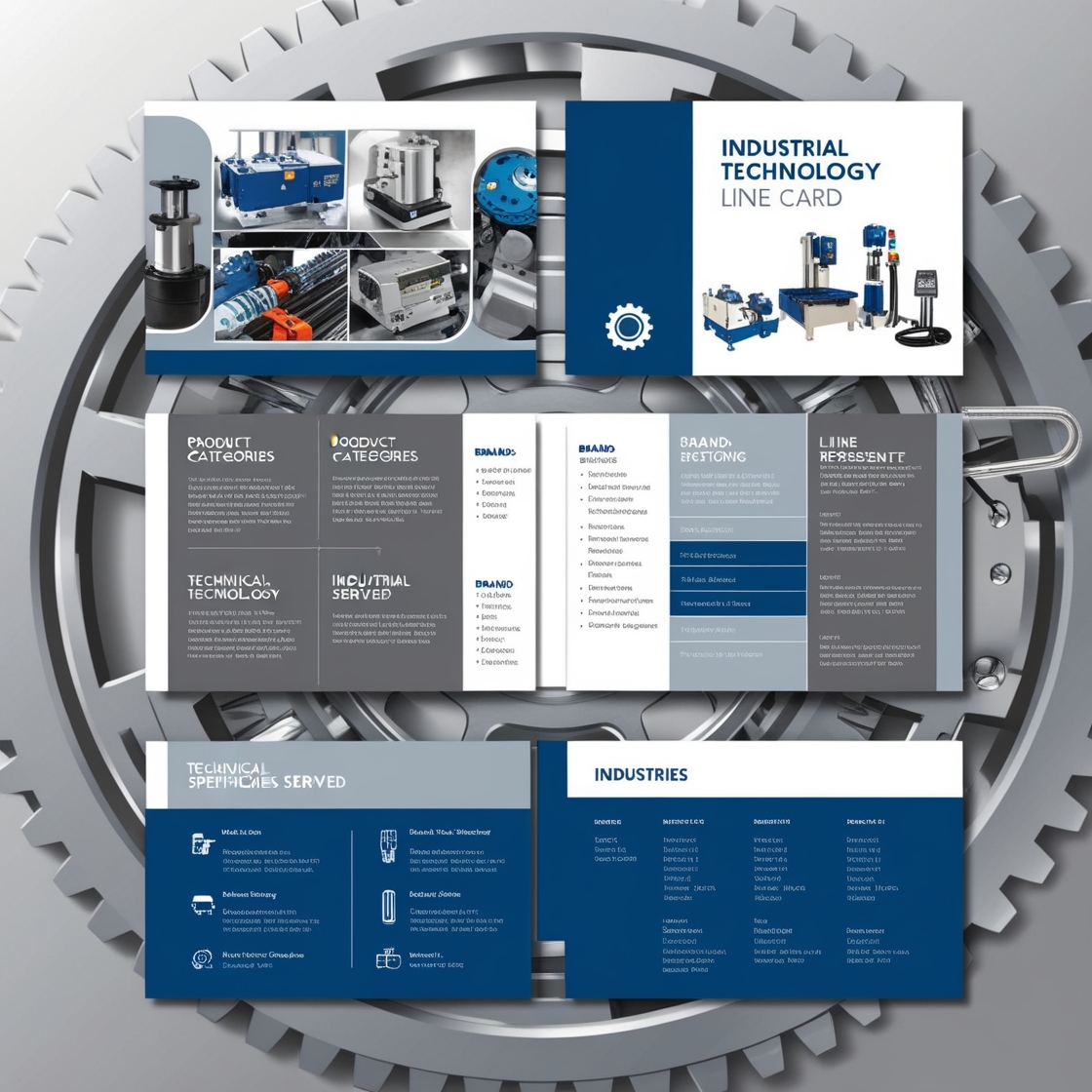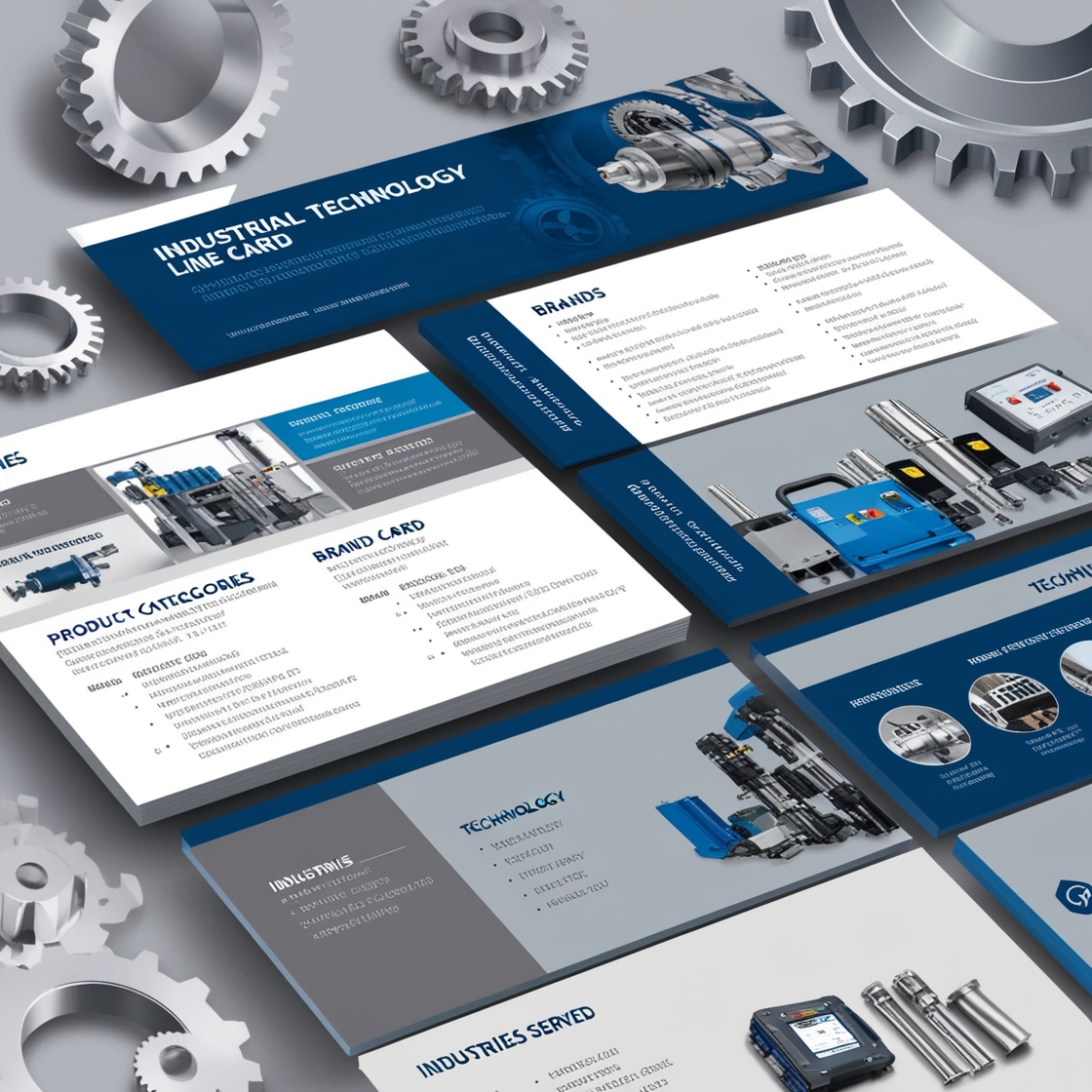- January 7, 2025
Line Card OTC Industrial Tech: A Complete Guide

Line Card OTC Industrial Tech: A Complete Guide
In the dynamic world of industrial technology, procurement efficiency and product visibility are critical. This is where the line card OTC industrial tech plays a pivotal role. A line card serves as a comprehensive catalog that highlights the products, services, and brands offered by a supplier or distributor. Let’s explore its significance, structure, and the trends shaping its evolution.
What is a Line Card in Industrial Technology?
A line card in industrial technology is a curated document or digital catalog that lists the products and services a supplier or distributor provides. It acts as a bridge between manufacturers and customers, offering a clear snapshot of available solutions.
For OTC (Over-the-Counter) products, the line card is particularly important because it highlights readily available, standardized items that can be procured quickly without custom configurations. This is a vital component for industries relying on fast, efficient supply chains.
Key Elements of a Line Card OTC Industrial Tech
An effective line card is structured to provide detailed yet concise information. Key elements include:
- Product Categories
- Automation systems
- Sensors and actuators
- Electrical and power components
- Hydraulics and pneumatics
- Brand Representation
- A list of manufacturers or suppliers the distributor represents.
- Technical Specifications
- Highlighting product features and capabilities.
- Application Areas
- Industries served, such as automotive, aerospace, manufacturing, and more.
- Contact Information
- Easy access to the supplier’s team for further inquiries.
Role of Line Cards in Industrial Procurement
Line cards simplify the procurement process by:
- Providing Product Visibility: Customers can easily view all available products in one place.
- Streamlining Decision-Making: Detailed information helps customers choose the right product for their needs.
- Enhancing Efficiency: With OTC products, industries save time by quickly accessing standardized items.
- Building Trust: A well-organized line card reflects the professionalism and reliability of the supplier.
Industries That Benefit from Line Cards
Line cards are essential tools across various sectors, including:
- Automotive Manufacturing: For sensors, automation tools, and safety systems.
- Aerospace: Specialized components for critical applications.
- Food and Beverage: Hygienic and efficient processing equipment.
- Energy and Utilities: Power distribution and monitoring systems.
- Pharmaceuticals: Precision tools and automation for compliance and efficiency.
Digital Transformation of Line Cards
Traditional printed line cards are rapidly evolving into digital line cards to meet modern industrial demands. Digital formats offer several advantages:
- Real-Time Updates: Products and specifications can be updated instantly.
- Enhanced Searchability: Customers can search for products by keywords or categories.
- Integration with E-Commerce: Direct links to purchase products improve the customer experience.
- Sustainability: Reduces the need for printed materials, aligning with eco-friendly practices.
Trends in OTC Industrial Technology Line Cards
- Integration of Industry 4.0: Highlighting IoT-enabled and smart devices.
- Focus on Sustainability: Including energy-efficient and eco-friendly products.
- Interactive Features: Use of augmented reality (AR) or 3D models for better visualization.
- Voice Search Optimization: Ensuring product information aligns with conversational queries.
How to Evaluate and Select a Line Card
To choose the right line card, consider:
- Product Range: Does it cover your industry’s specific needs?
- Brand Reputation: Are the listed brands reliable and high-quality?
- Ease of Use: Is the line card well-organized and easy to navigate?
- Customer Support: Does the supplier offer adequate support for inquiries?
- Digital Accessibility: Is the line card available online with search functionality?
Challenges in Creating and Using Line Cards
- Complex Product Offerings: Representing a wide range of products in a concise format.
- Frequent Updates: Keeping the line card updated with new products and specifications.
- Customization Needs: Balancing standardized OTC items with custom solutions.
- Global Reach: Addressing regional differences in product availability and standards.
Case Studies: Successful Applications of Line Cards
- Automotive Manufacturer: Leveraging a digital line card to streamline procurement for sensors and automation tools, reducing downtime by 20%.
- Aerospace Supplier: Using an interactive line card with AR features to improve product understanding, leading to a 15% increase in sales.
- Energy Sector Distributor: Transitioning to a digital line card with real-time updates, enhancing customer satisfaction.
Conclusion
The line card OTC industrial tech is an indispensable tool for modern industrial procurement. Whether in its traditional or digital form, a well-structured line card simplifies decision-making, improves efficiency, and builds trust between suppliers and customers. By adapting to trends like Industry 4.0, digital transformation, and sustainability, line cards continue to evolve, meeting the dynamic needs of the industrial sector.